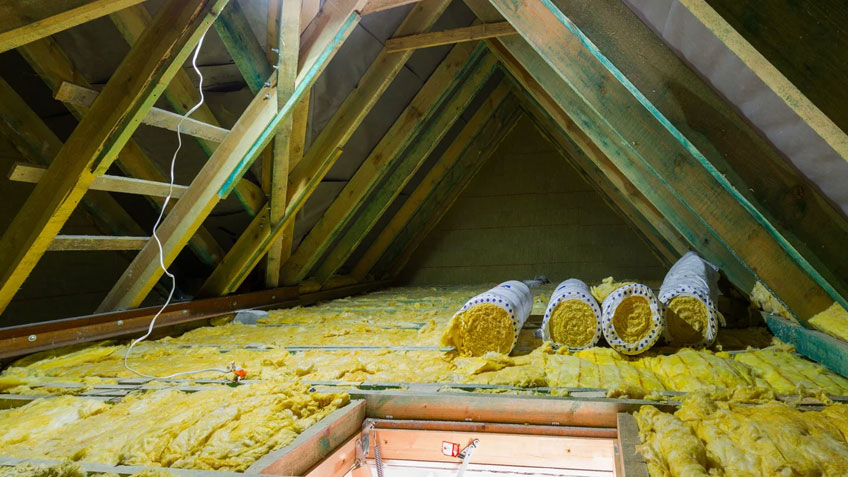A. Introduction
When it comes to creating a comfortable and energy-efficient home, one often overlooked hero is the roof insulation. In this article, we’ll delve into the fascinating world of roof insulation, exploring various types suited for different climates. From scorching hot to freezing cold, understanding the right Home insulation for your climate zone can make a significant difference in both comfort and energy bills.
B. Why Roof Insulation Matters
Wall insulation isn’t just about keeping your home warm in winter and cool in summer. It’s a strategic investment that pays off over time. Improved energy efficiency translates to substantial cost savings, making it a crucial consideration for any homeowner.
C. Understanding Different Climate Zones
Before diving into insulation types, let’s categorize climates. Are you in a hot, cold, or mixed climate? Knowing this is key to choosing the right insulation that aligns with your specific needs.
D. Insulation Types for Hot Climates
In areas with scorching temperatures, reflective insulation takes the lead. Reflective materials bounce the sun’s rays away, preventing excessive heat absorption. Additionally, spray foam insulation creates a robust barrier, keeping the interior comfortably cool.
E. Insulation Types for Cold Climates
For colder regions, fiberglass insulation proves its worth. Its excellent thermal resistance helps retain warmth indoors. However, proper ventilation is equally crucial to prevent issues like condensation and mold.
F. Versatile Insulation for Mixed Climates
Living in an area with diverse weather patterns? Consider the versatility of radiant barrier insulation. It reflects heat during hot spells and retains warmth in the cold, making it an ideal choice for mixed climates.
G. Eco-Friendly Insulation Choices
If sustainability is a priority, explore eco-friendly options like insulation made from recycled denim. Beyond just personal comfort, choosing environmentally conscious materials contributes to a greener planet.
H. DIY vs. Professional Installation
While some may opt for a do-it-yourself approach, hiring professionals ensures precision and guarantees a job well done. Weigh the pros and cons before deciding the best route for your insulation project.
I. Cost Considerations
Investing in quality insulation may seem daunting initially, but the long-term savings and potential government incentives make it a financially savvy choice. Consider it not just an expense but a wise investment in your home.
J. Common Mistakes to Avoid
Avoid common pitfalls, such as improper installation and choosing the wrong R-value for your insulation. Addressing these factors ensures optimal performance and durability.
K. Maintaining Roof Insulation
Regular inspection and maintenance are key to the longevity of your insulation. Stay vigilant and address wear and tear promptly to prevent any compromise in performance.
L. Innovations in Roof Insulation
Explore the exciting realm of smart insulation technologies. From energy-efficient materials to future trends, stay ahead in the world of roof insulation innovations.
M. Case Studies
Real-life success stories showcase the tangible benefits of investing in quality roof insulation. Learn from others’ experiences to make informed decisions for your home.
N. FAQs about Roof Insulation
What is the recommended R-value for my region?
The recommended R-value varies based on climate. Consult with a professional to determine the ideal insulation level for your area.
Can I install insulation myself?
While DIY is an option, professional installation ensures optimal performance and adherence to industry standards.
Are there government incentives for installing roof insulation?
Yes, many regions offer incentives and rebates to encourage energy-efficient home improvements. Check with local authorities for available programs.
How often should I inspect my roof insulation?
Regular inspections, at least annually, help catch issues early. Additionally, check after severe weather events for any potential damage.
Can roof insulation contribute to a quieter home?
Absolutely. Insulation not only regulates temperature but also provides soundproofing benefits, creating a quieter and more peaceful living environment.
O. Conclusion
From the attic to the apex, roof insulation plays a crucial role in shaping your home’s comfort and energy efficiency. By understanding the nuances of different insulation types and their suitability for various climates, you can make informed choices that resonate with your unique needs.
